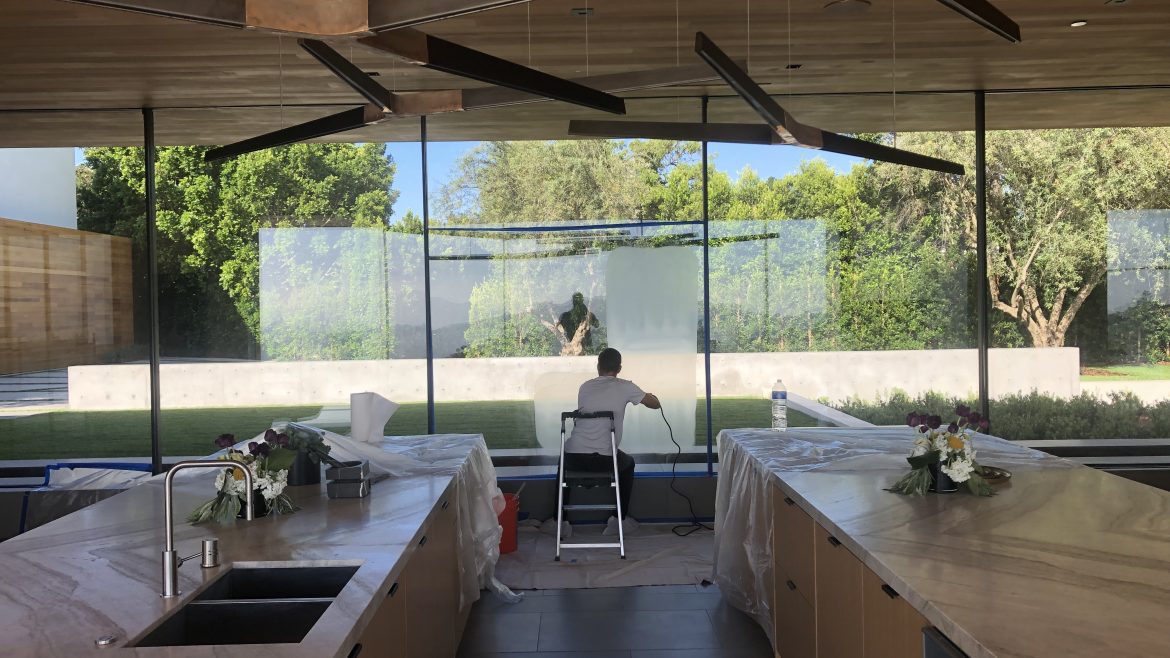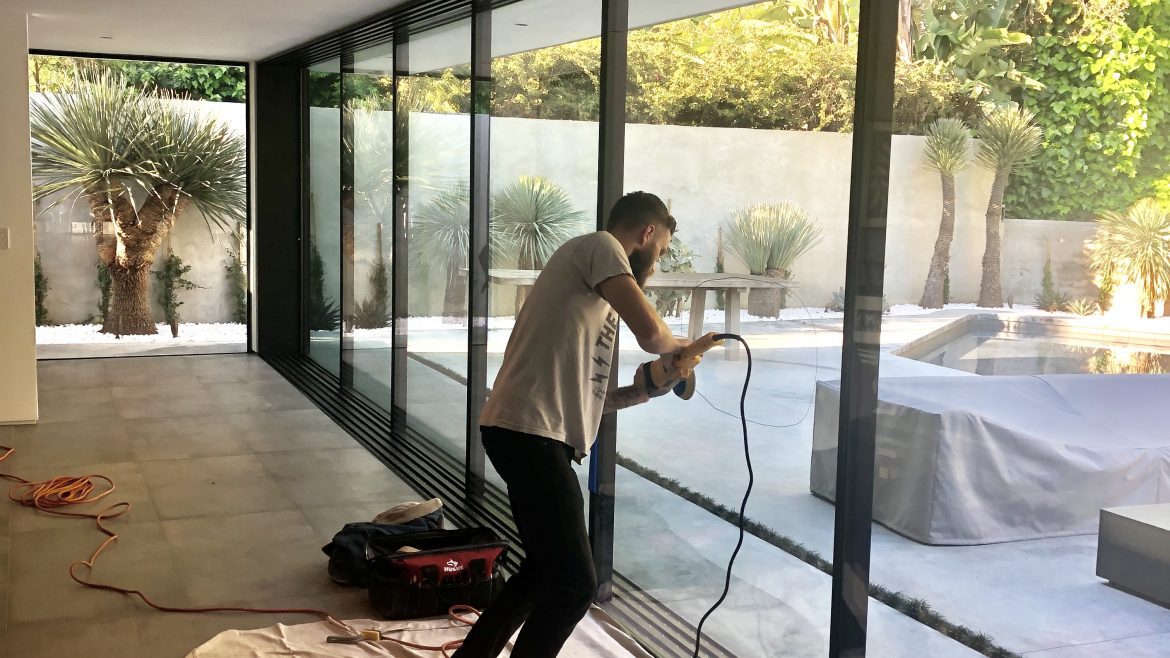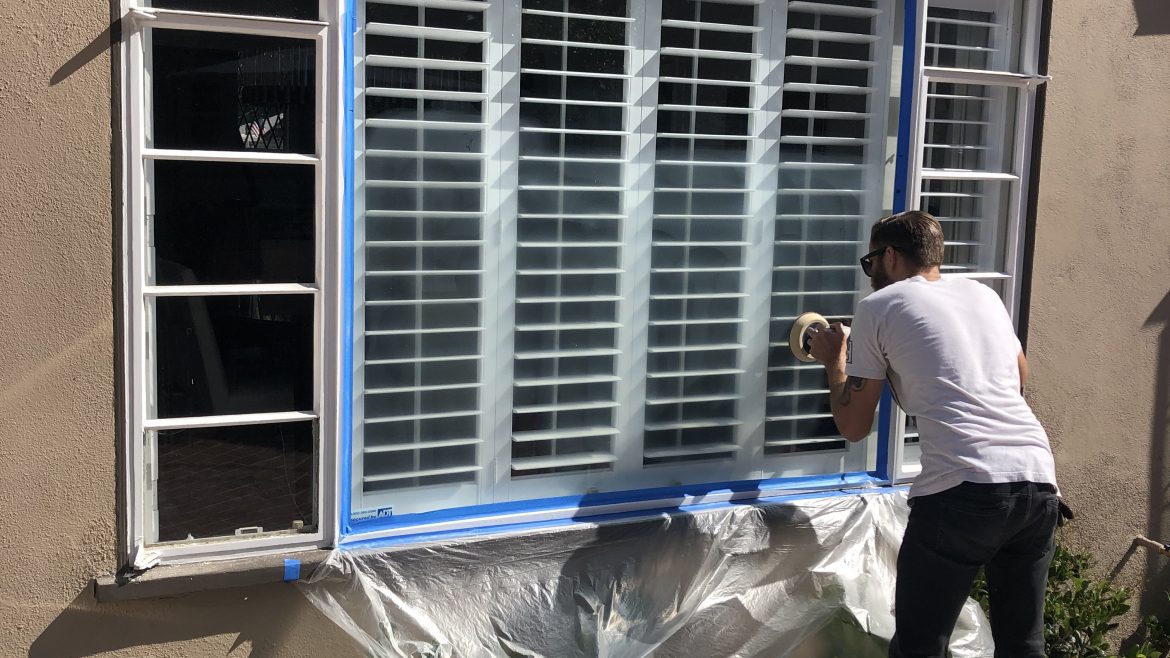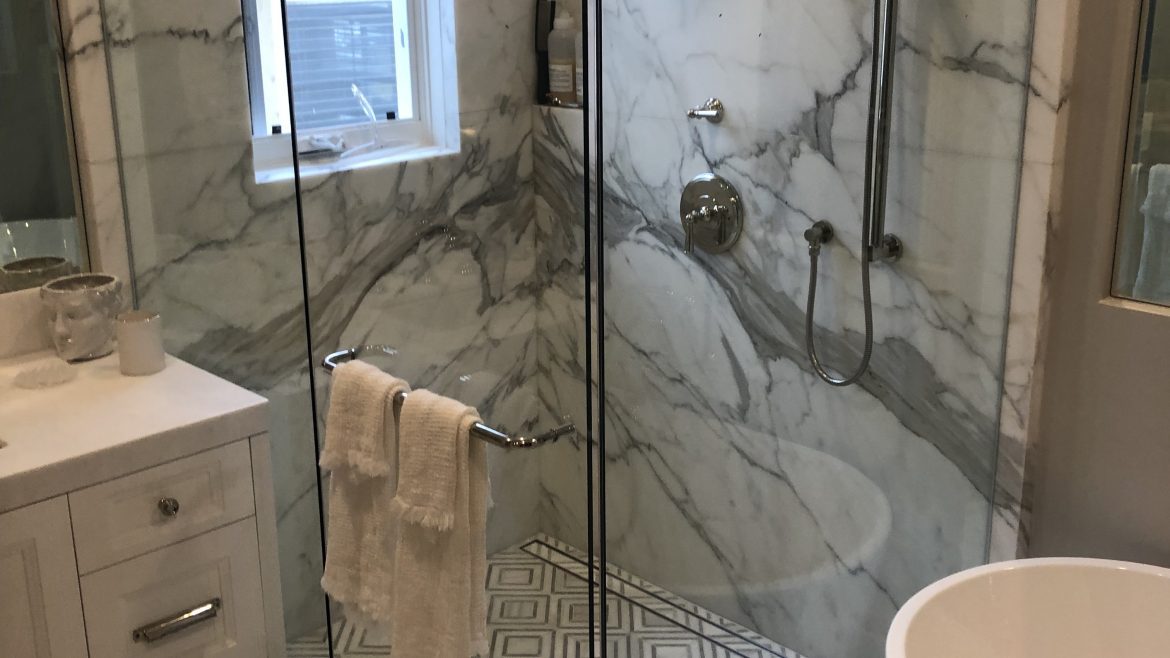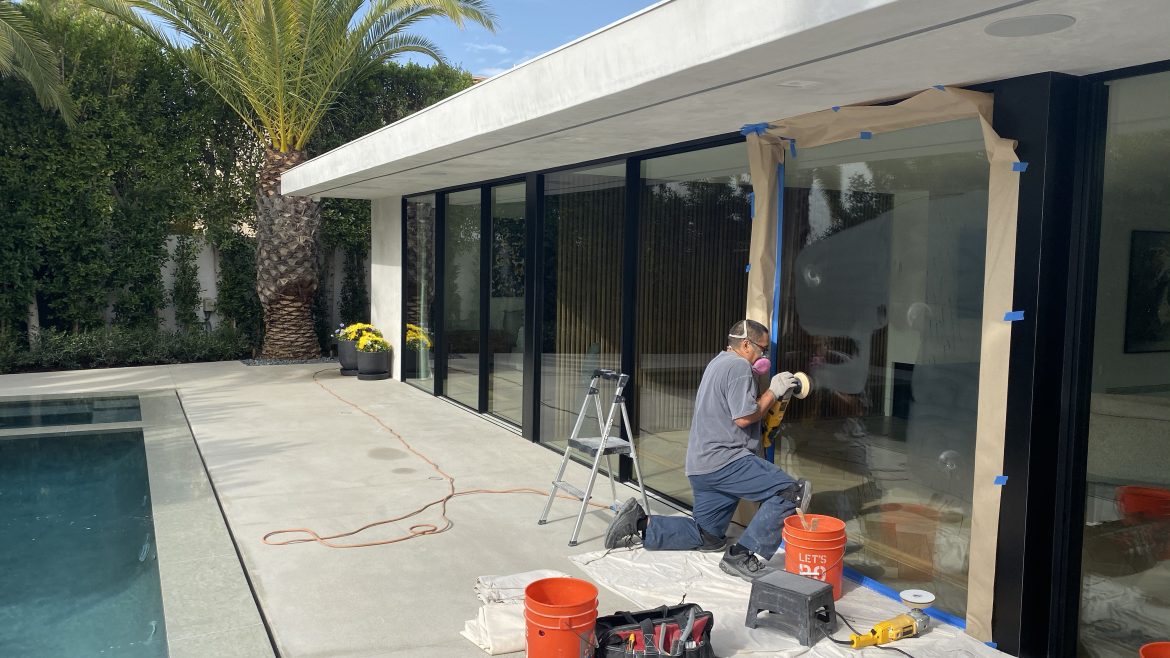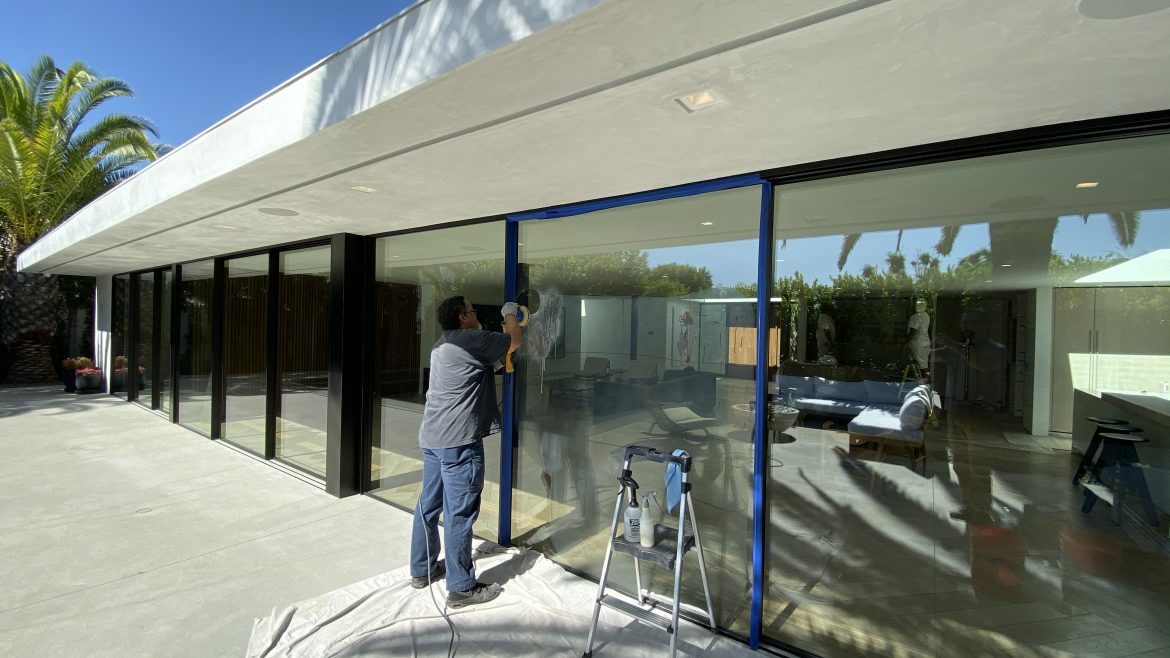Frequently asked questions about glass polish service and their answers
Glass surfaces are a popular feature in many homes and offices. However, over time, they can become scratched, stained, or dull, making them less attractive. Glass polish service can help restore the beauty of your glass and protect it from further damage. In this blog, we’ll answer some frequently asked questions about glass polish service to help you better understand the process.
Q: What is glass polish service?
A: Glass polish service is a process that involves restoring and protecting glass surfaces. It involves using special polishing compounds and equipment to remove scratches, stains, and other imperfections from the glass surface, leaving it looking clear, shiny, and new.
Q: What types of glass can be polished?
A: Glass polish service can be used on various types of glass surfaces, including windows, mirrors, shower enclosures, table tops, and more. However, some types of glass, such as tempered glass or laminated glass, may require special techniques and equipment for polishing.
Q: How often should I have my glass surfaces polished?
A: The frequency of glass polish service depends on the type of glass and its usage. Generally, it’s recommended to have your glass surfaces polished every 1-2 years to maintain their beauty and prevent damage.
Q: Can I do glass polish service myself?
A: Yes, you can do glass polish service yourself, but it’s not recommended unless you have the right skills and tools. DIY glass polish service may not achieve the same level of results as professional service, and you may end up doing more harm than good to your glass surfaces.
Q: How long does glass polish service take?
A: The time required for glass polish service depends on the type and size of the glass surface and the extent of damage. Generally, it takes a few hours to a day to complete the process.
Q: Will glass polish service remove scratches?
A: Yes, glass polish service can remove scratches from the glass surface. However, the depth of the scratch will determine the extent to which it can be removed.
Q: Is glass polish service expensive?
A: The cost of glass polish service varies depending on the type and size of the glass surface and the extent of damage. However, it’s generally more affordable than replacing the glass surface, making it a cost-effective option for restoring and protecting your glass surfaces.
Q: How long will the results of glass polish service last?
A: The durability of glass polish service depends on the type of glass surface and its usage. However, with regular maintenance and care, the results of glass polish service can last for several years.
In conclusion, glass polish service is a valuable process that can help restore and protect the beauty of your glass surfaces. If you have any further questions about glass polish service or want to schedule a service, contact a professional glass polish service provider in your area.

